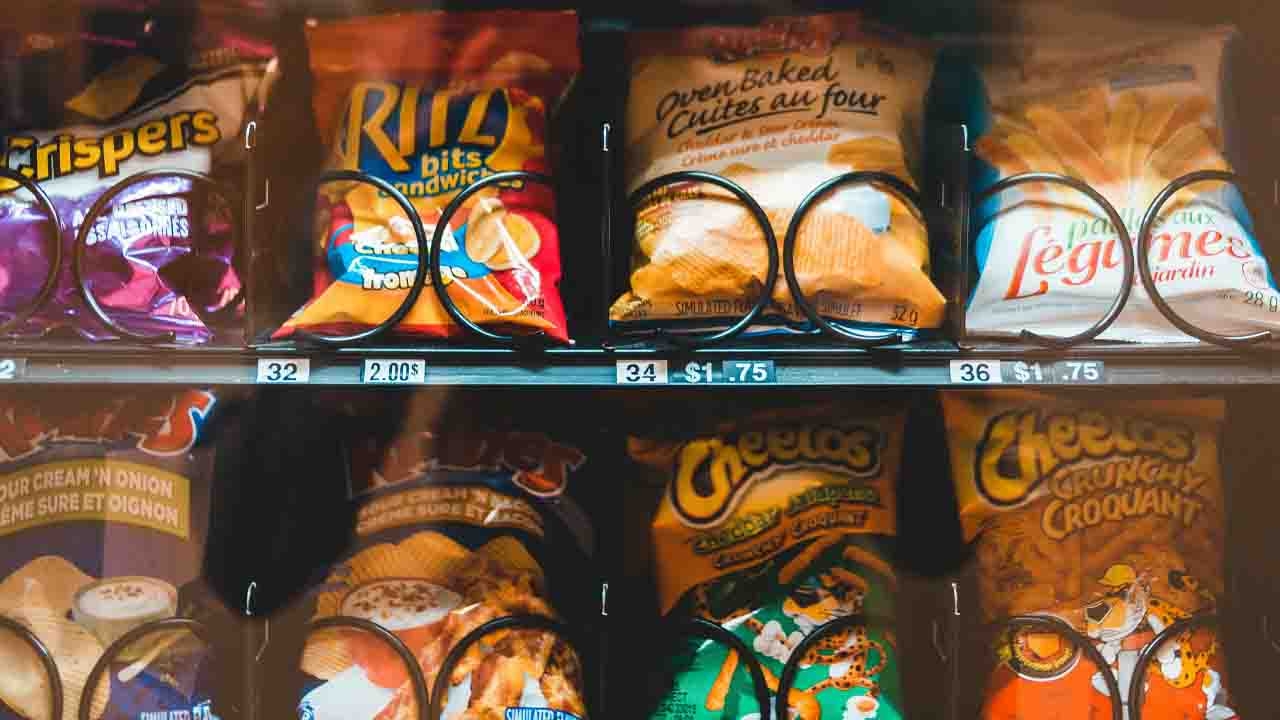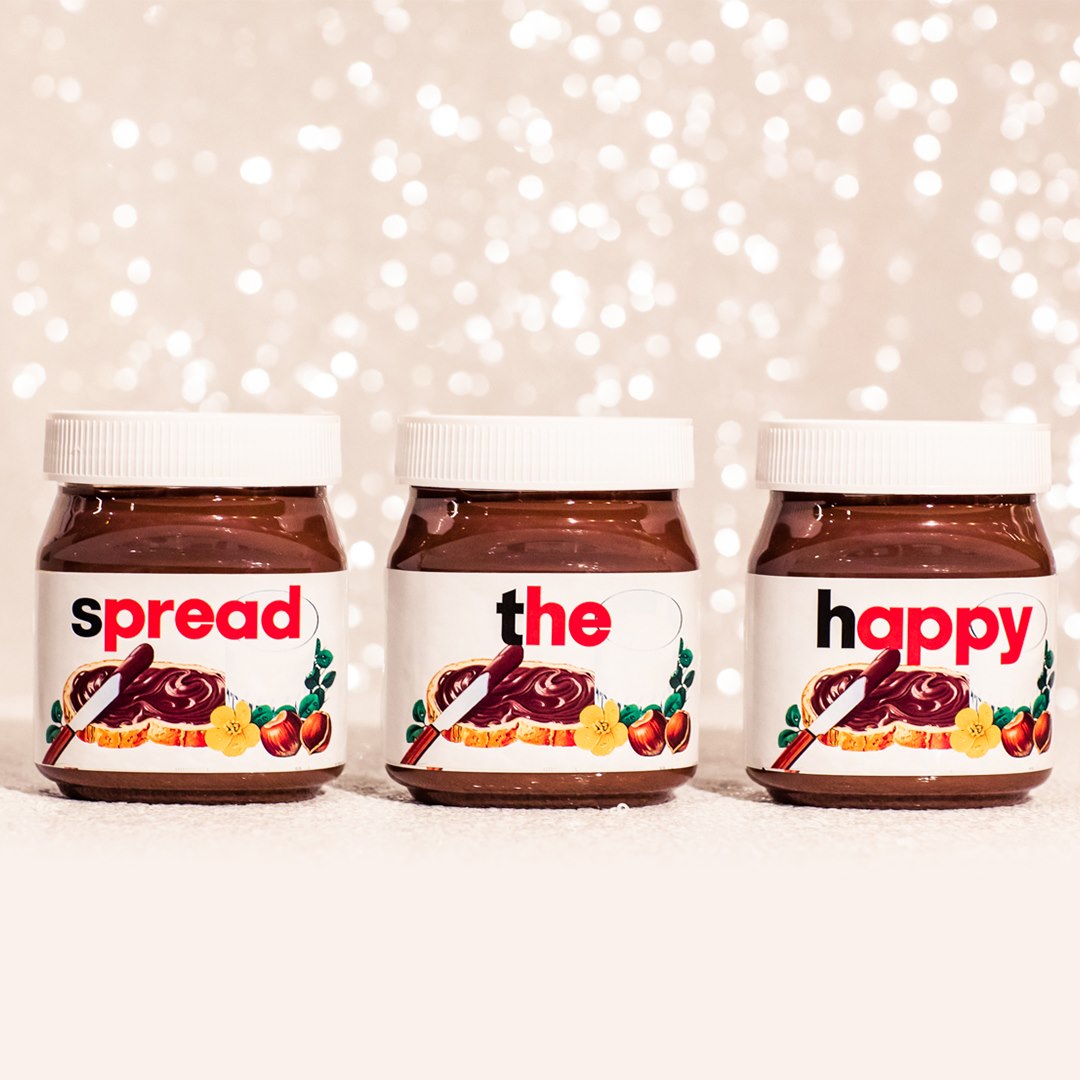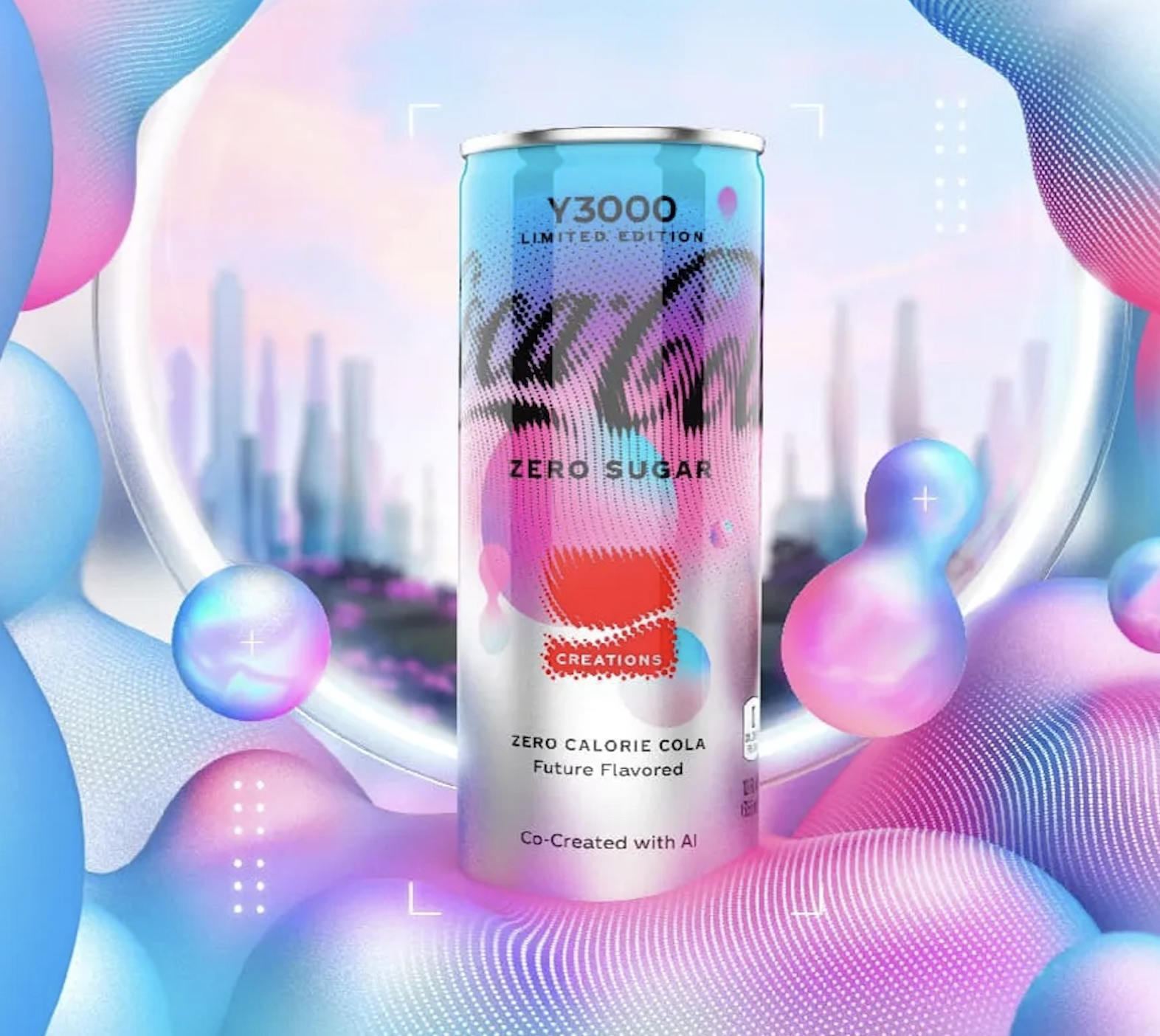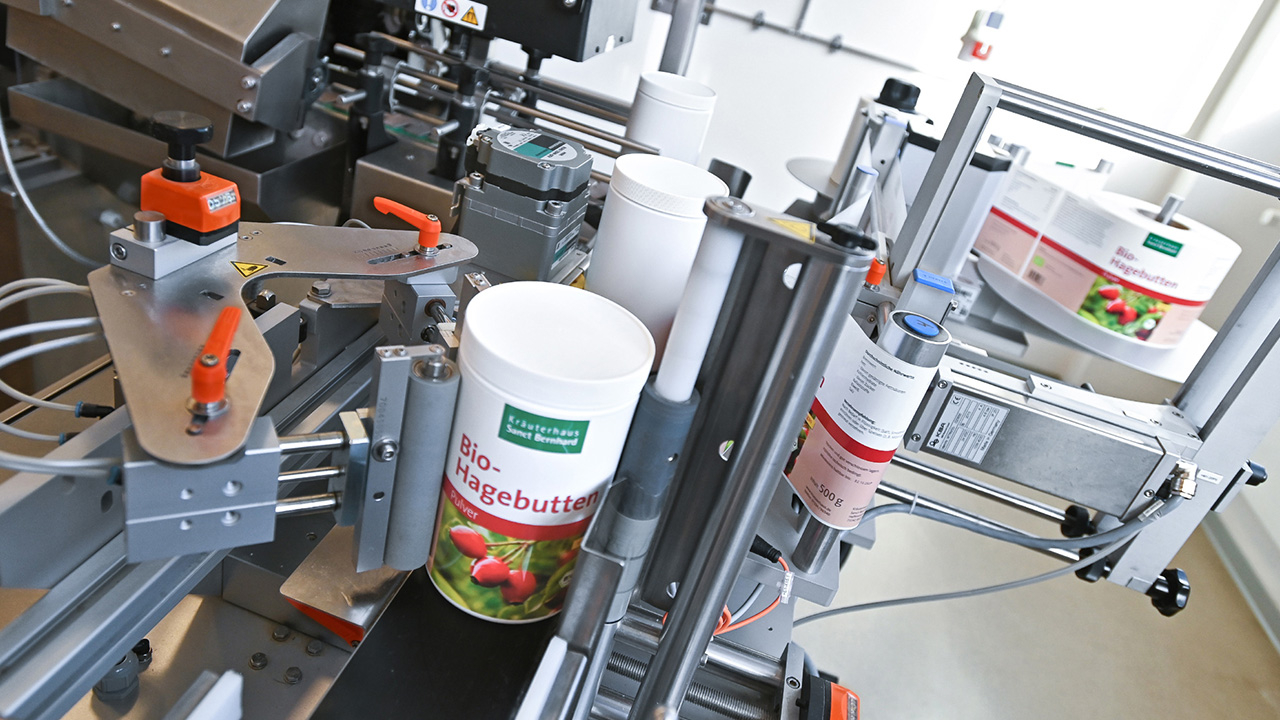Packaging design trends shaping 2024
Brands are embracing new packaging design trends in 2024 to connect with consumers.

Step into 2024 as brands now prioritize more than just eye-catching designs. Major considerations such as sustainability, inclusivity, creativity and anti-counterfeiting are shaping the industry trends. Read on to discover how innovation is redefining packaging design to engage with consumers.
Reduced plastic and mono-material packaging
In 2024, a leading trend in packaging revolves around a significant reduction in plastic usage, as brands increasingly prioritize sustainability. The shift is further encouraged by sustainability regulations being implemented by governments around the world and making brands responsible for their CO2 emissions and overall environmental footprint. Brands are minimizing the use of virgin plastic and opting for materials that facilitate easier recycling.
Kellanova, for instance, has taken substantial strides by reducing the volume of plastic in the packaging of its brands, Cheez-It Snap'd, Cheez-It Puff'd, and Club Crisps, while maintaining the same quantity of food in each package.

Furthermore, Mars China has joined the momentum by introducing a Snickers bar featuring dark chocolate cereal in mono-material flexible packaging, demonstrating the industry's innovative approaches to reducing plastic waste.
Material manufacturers today offer innovative sustainable materials that enable easier recycling, materials made of recycled content and materials that are not dependent on the usage of fossil fuels.
Custom packaging
The trend of customized packaging has gained momentum as brands strive to establish a deeper connection with consumers through personalized experiences. In the era of advancing print technology, the ability to print custom packaging has opened up exciting possibilities for brands to tailor products to individual preferences.

A notable example is Nutella, which has allowed customers to personalize their jars with names on the label. This level of customization not only adds a touch of uniqueness but also fosters a sense of ownership and emotional attachment to the product. As we head into 2024, this trend will continue to flourish, with more brands embracing the power of customized packaging to create memorable and meaningful interactions with their consumers.
Interactive packaging
The emergence of interactive packaging through QR codes has revolutionized the consumer experience by seamlessly connecting them with a brand's digital realm. By scanning these codes, consumers can gain instant access to a wealth of information about the product and the brand, fostering a deeper connection.
Brands such as Coca-Cola make effective use of QR codes to engage with customers. Coca‑Cola released Y3000 Zero Sugar limited edition variant with an on-pack AI-powered QR code that offers consumers an immersive experience.

Consumers could scan an on-pack QR code to access the Coca‑Cola Creations Hub, where they can filter photos through the custom Y3000 AI Cam to envision what their current reality could look like in the future and buy fashion brand Ambush merchandise.
Croatia-based wine brand Enosophia uses a QR code on its labels that will trigger an audio or visual event when scanned using a smartphone.
Inclusive packaging
An encouraging trend of inclusive packaging is seeing traction within the packaging industry as brands recognize the importance of accessibility. An increasing number of brands are incorporating Braille on their labels and packaging for visually impaired consumers. This thoughtful integration of Braille not only provides essential information about the product but also empowers visually impaired individuals to make informed choices independently.

For example, beauty product brand L'Occitane has demonstrated a commitment to inclusivity by incorporating Braille on its labels, ensuring that important information about its products is readily available to those with visual impairments.
The latest in finishing and embellishment technologies today empower brands to include embossed and raised effects to include Braille on labels. Beyond that, these raised effects can be customized with digital finishing capabilities, providing a customizable touch to the tactile elements of the packaging.
Tamper-evident packaging
The global concern of counterfeiting can be met head-on with the integration of temper-evident labels and packaging using RFID technology. Employing these technologies can ensure product tracking, authenticity and safety in the global marketplace. This integration not only protects brand reputation but also instills confidence in consumers, assuring them of the genuine nature of the products they choose.
Coupled with other tamper-evident features, such as holographic seals or specialized adhesives, these advanced technologies empower businesses to protect their brand reputation while delivering peace of mind to consumers.

The implementation of Gs1 Digital Link is expected to gain traction, especially in light of Sunrise 2027, as more brands recognize the importance of adopting this advanced technology.
Material and ink manufacturers, recognizing the global issue of counterfeiting, are developing products to ensure product authenticity.
Stay up to date
Subscribe to the free Label News newsletter and receive the latest content every week. We'll never share your email address.


